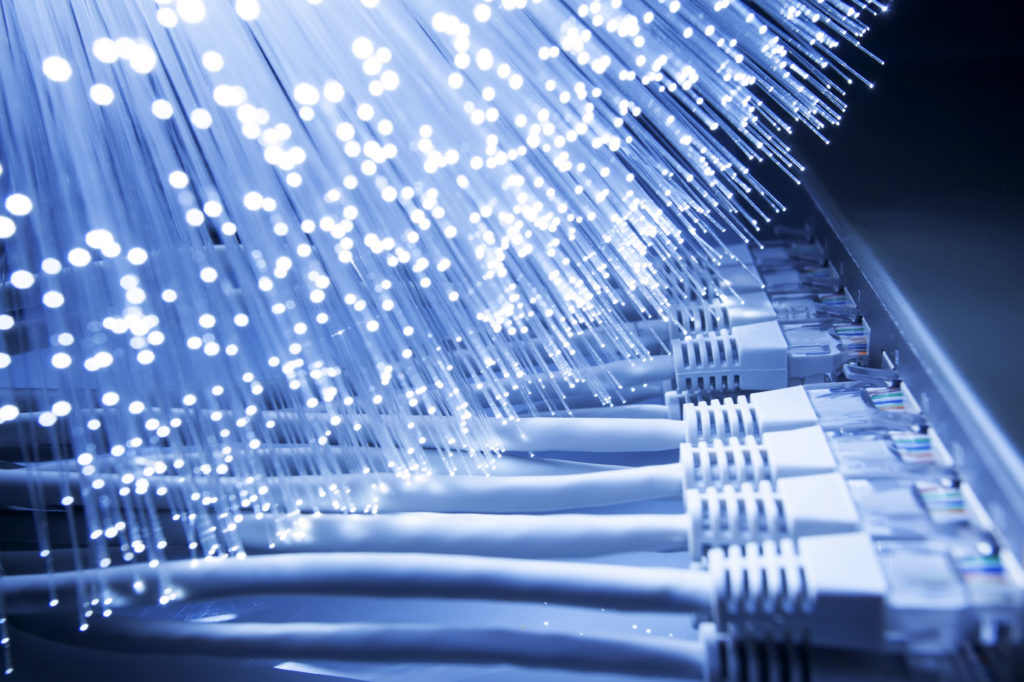
Fiber internet is swiftly becoming the next major step in network connectivity and speed. While DSL and cable net has reigned supreme for the last several years, it’s completely outmatched by the unparalleled transit rates of fiber.
Of course, not everyone is fully aware of what fiber even is, or how it will change the way we use the internet. Whether it’s business or professional, fiber’s fast transmission of data has plenty to offer. If you’re still not clear on the details, here are a few things you might not have known.
1 – It Uses Glass and Light
Typical transfers of data are done so through copper based connections. However, fiber overcomes the limitations of speed by using – you guessed it – glass and light for transmitting information. This is what allows it to accomplish speeds exceeding hundreds of Gbps (gigabits per second).
2 – Fiber Optic is Lightweight
If you’ve ever had internet installed, you might notice how thick and clumsy lots of the cabling is. Again, this is because of the copper and metal wires typically used which also need to be encased for protection. But fiber optic isn’t just light based, it’s also physically lighter. This is beneficial in a lot of ways, cutting down on clutter and electricity use. It’s also great for businesses looking to save on space, storage and money.
3 – Better Connection Quality
Bits of data, referred to either as kbps or mbps (megabits and kilobits), are what gets sent over internet connections during use. However, depending how far they’re traveling, the quality can easily degrade. “Pings” need substations to keep the signal fast but with fiber, this isn’t a problem. Fiber internet maintains its incredible speeds regardless of distance, cutting down on issues of latency and slow internet.
4 – Better Security
Cyber security is no joke and it’s prevalent everywhere. The good news is, fiber based connections are much harder to break into. While tapping into electric copper connections is relatively easy for the savvy hacker, greater challenges are posed with fiber thanks to both transmission speed and how the speed travels.
5 – Fiber Optic is Weatherproof
Weather can wreak havoc on the typical connections of today, either through physical damage or knocking them out through power outages. However, fiber internet doesn’t use electricity to transmit data, so even during a violent storm, data gets through just fine. This can have a huge impact on maintaining services for businesses, emergency services, and people trying to stay in touch.
6 – Potential Speeds
While fiber internet typically promotes passing data at hundreds of Gbps (that’s a few HD movies downloaded in seconds), fiber can reach data transmission unlike anything we’ve seen. While not practical to employ, there have been recorded instances of fiber connections exceed 100 tbps (terabits per second). Basically, that’s a few modern computer hard drives downloaded in under a minute.
We’re still a long way from having fiber internet as the new standard, but every year you might notice advertisements about how Google is bringing fiber to your local city, or plans to. As a standard, however, fiber internet will completely change how daily activities are conducted on the net.


